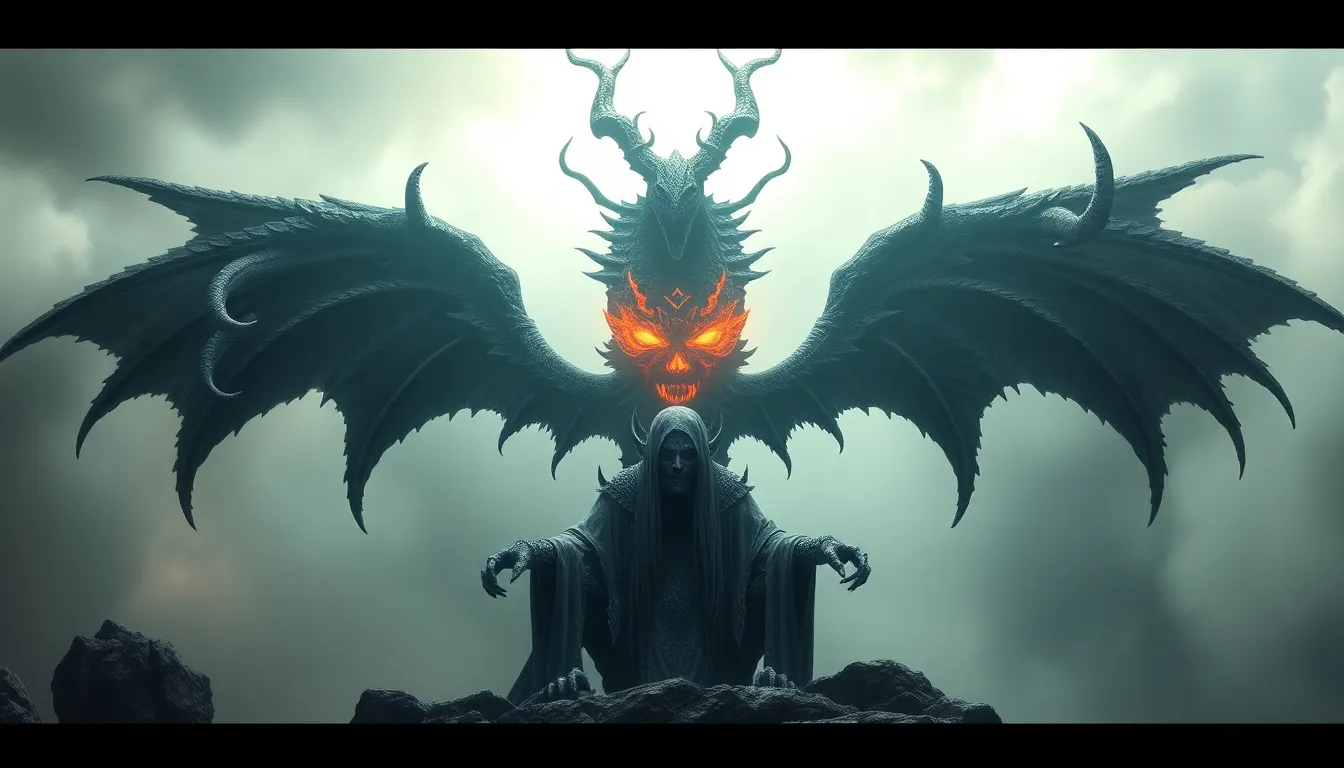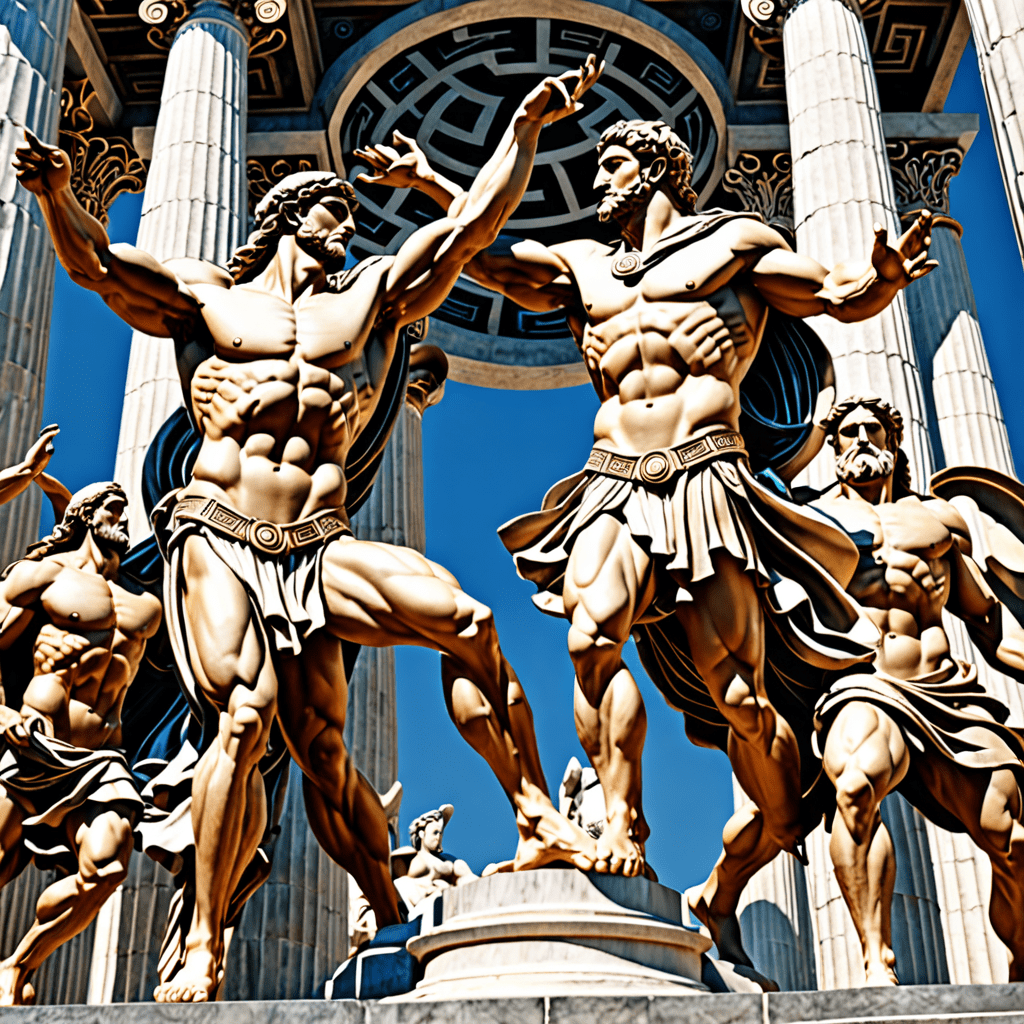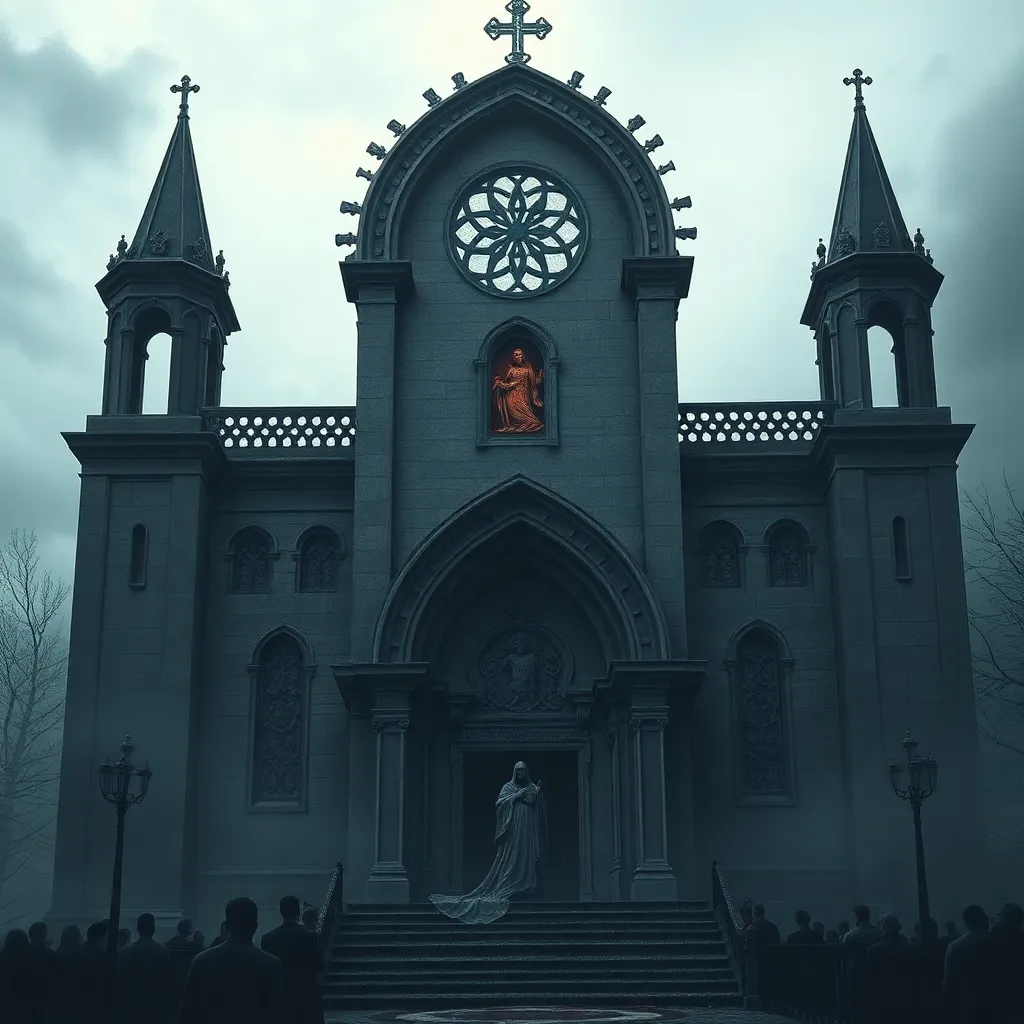The Most Fearsome Ancient Deities: Myths That Instill Fear
I. Introduction
Ancient deities have long been central figures in the myths and legends of various cultures across the globe. They often embody the values, fears, and aspirations of the societies that worship them. Fear, in particular, is a common theme in ancient mythology, manifesting in various forms, from the fear of death to the dread of chaos and the unknown.
This article aims to explore some of the most fearsome ancient deities, examining how they reflect the fears of their respective cultures and the role they played in shaping human understanding of existential threats.
II. The Nature of Fear in Ancient Mythologies
The psychological and cultural significance of fear in ancient societies cannot be overstated. Fear served as a mechanism for survival, influencing behaviors and societal norms. Ancient myths often encapsulated this fear, providing narratives that explained the inexplicable and offered a means of coping with the uncertainties of life.
- Common themes of fear:
- Death
- Chaos
- The unknown
- Fearsome deities often reflected societal values and fears, serving as cautionary tales or embodiments of the darker aspects of existence.
III. Hades: The God of the Underworld
In Greek mythology, Hades is the god of the underworld, ruling over the realm of the dead. His presence instills fear among mortals, as he symbolizes the inevitable fate that awaits everyone.
Hades embodies the symbolism of death and the afterlife, representing the finality of life and the mysteries of what lies beyond.
Notable myths underscore Hades’ fearsome nature, such as:
- The abduction of Persephone, which highlights the fear of loss and the seasonal cycle of life and death.
- His role in the judgment of souls, where the fear of punishment or reward in the afterlife becomes a significant theme.
IV. Kali: The Fierce Goddess of Destruction
Kali, a prominent figure in Hindu mythology, is known for her fierce and terrifying nature. She represents the destructive aspect of the divine, embodying both chaos and the transformative power of death and rebirth.
Kali’s symbolism encompasses the cycle of life, where destruction leads to renewal. Rituals surrounding Kali often include offerings and ceremonies that seek to appease her, reflecting the cultural perception of her as both a protector and a destroyer.
V. Set: The God of Chaos and Storms
In Egyptian mythology, Set is portrayed as the god of chaos and storms, often seen as an antagonist to the more benevolent gods. His fearsome nature is rooted in his association with disorder and violence.
Set’s role is significant in various myths, such as:
- The story of his conflict with Osiris, which symbolizes the struggle between order and chaos.
- His representation as a storm god, invoking fear through natural disasters and upheaval.
VI. Fenrir: The Monstrous Wolf of Norse Mythology
Fenrir, a monstrous wolf in Norse mythology, is a symbol of fear and inevitability. Born of Loki, Fenrir’s destiny is intertwined with the prophecy of Ragnarok, the end of the world.
The myths surrounding Fenrir emphasize his fearsome attributes, including:
- His role in the death of Odin, the chief of the gods, showcasing the ultimate fear of loss of power.
- The inevitability of fate, as foretold in the prophecies, reflecting the fear of the uncontrollable future.
VII. Tezcatlipoca: The Aztec God of Night and Conflict
Tezcatlipoca, a central figure in Aztec mythology, embodies duality and conflict. Known as the god of night, he is associated with war, temptation, and fear.
The rituals dedicated to Tezcatlipoca often reflect the culture’s understanding of the balance between life and death, light and darkness. His fearsome nature is evident in:
- The belief that he could bring chaos and destruction if angered.
- His role in the creation myths, where he often engages in conflict with other gods.
VIII. Lilith: The Night Demon of Jewish Folklore
Lilith is a figure from Jewish folklore, often depicted as a night demon. Her origins and evolution highlight the themes of female power and fear within a patriarchal society.
As a representation of fear, Lilith embodies the anxieties associated with female independence and sexuality. Her role in folklore includes:
- Her depiction as a threat to infants, instilling fear in mothers.
- The symbolism of rebellion against male authority, reflecting societal fears of empowered women.
IX. Cthulhu: The Cosmic Horror of Lovecraftian Mythos
Cthulhu, created by H.P. Lovecraft, is a modern addition to the pantheon of fearsome deities, representing the fear of the unknown and cosmic horror. Cthulhu is often described as a gigantic entity, lying in slumber beneath the Pacific Ocean, waiting to rise again.
The myths surrounding Cthulhu evoke a profound sense of dread, emphasizing humanity’s insignificance in the vast cosmos. Key aspects of Cthulhu’s fearsome nature include:
- The cult that worships him, illustrating the fear of madness and obsession.
- The existential dread that arises from the realization of ancient, powerful beings beyond human comprehension.
X. Conclusion
Ancient deities serve as powerful symbols of the fears that have pervaded human societies throughout history. From the underworld gods of Greek mythology to the chaotic figures of Egyptian and Aztec traditions, these deities reflect the deepest anxieties of their cultures. Understanding these fearsome figures provides insight into how ancient peoples grappled with the complexities of life, death, and the unknown, shaping their beliefs and practices in profound ways.
https://www.youtube.com/watch?v=WSFrjNzw1QU



